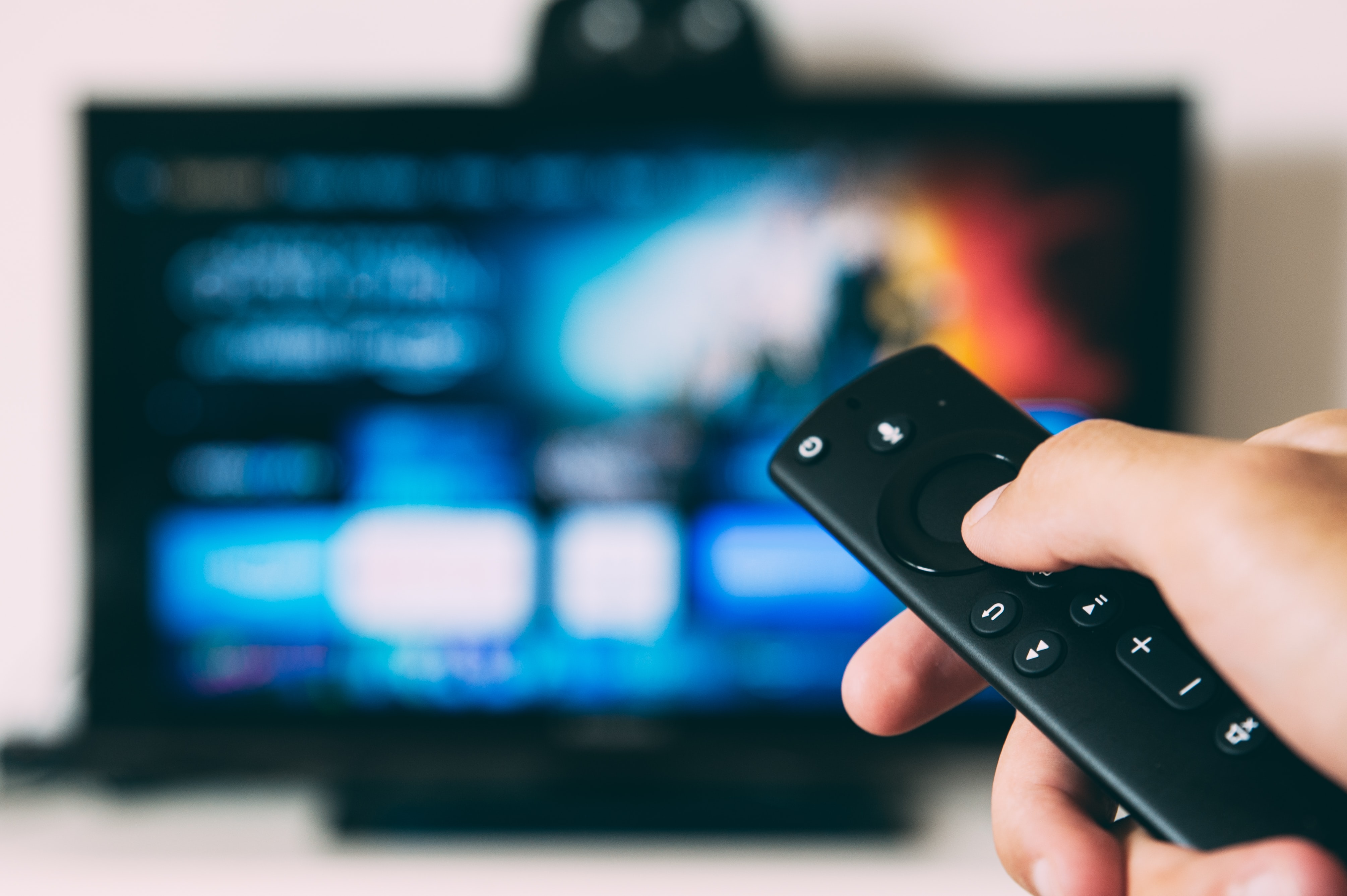How Public TV Stations Are Partnering with Schools to Increase Educational Content for Students Without Internet
In addition to adding traditional educational programs, public TV stations are providing tools such as datacasting and teacher-created content to help students who don’t have internet access

Teaching has always been a part of public television’s mission. The stations grew out of a network of university-run radio stations and the link with instructional content was formalized in 1952 when the FCC reserved 242 local channels for noncommercial educational TV.
Never has that link been more important than now.
With many schools forced to offer hybrid or online-only classes, TV has become something of an education lifeline for those students across the U.S. who do not have internet access.
“Since March, public television stations in all 50 states have really responded to this emergency challenge of remote learning in a very impressive way,” says Patrick Butler, president and CEO of America's Public Television Stations.
Millions of households in the U.S. do not have internet access. “Nearly every household in America has over-the-air television and it’s free,” says Lonna Thompson, executive vice president of America’s Public Television Stations. “We reach nearly 97 percent of the population.”
Mindful of this, most stations have revamped their broadcast schedule to prioritize airing existing educational content, but many have also gone further, utilizing old technology in new ways to provide students with an interactive remote educational experience.
Datacasting
One of the most innovative ways public TV stations are supporting education is through datacasting. The technology, which involves broadcasting encrypted data over broadcasting channels that are not generally used, has long been utilized for public safety purposes, helping first responders receive information when communications systems become overloaded during disasters. The technology has only recently been applied to education, but offers good potential. For example, using existing broadcasting systems, stations can transmit detailed information that can be downloaded onto a computer connected to a digital antenna.
Tools and ideas to transform education. Sign up below.
“Most people, when they think about datacasting, they think only videos, but you can send a word file, you can send excel spreadsheets,” says Dr. Stephanie Frazier, vice president for education at South Carolina ETV. “If you can load it to an LMS or if you can download it onto a laptop, you can send it via datacast.”
ETV is pioneering a pilot program in three South Carolina school districts to bring datacast content into students’ homes.
“We are using it to really create a personalized learning experience for the student who isn't able to access Google Classroom or another learning management system at home,” Frazier says. “So we are mimicking a web-browsing experience for the students so that they can have access to some of the same videos and digital content.”
The plan, Frazier says, is for ETV to provide datacasting services to somewhere between 3,000 and 5,000 students within a year.
Teacher-Created Content
When the pandemic began in March, employees at Rocky Mountain Public reached out to about 1,000 community members.
“We asked, ‘What do you need? What are you seeing? What are you experiencing right now?’” says Amanda Mountain, president and CEO of Rocky Mountain Public. “Out of those conversations we developed something called Colorado Classroom.”
Created in partnership with the Department of Education and various community organizations, Colorado Classroom is a digital learning curriculum. “That curriculum really engaged organizations such as zoos and museums and NASA, and just a lot of teachers who were building lessons from their home—we sent them cameras, we trained them over Zoom,” says Mountain. “We also built partnerships with people who were developing social-emotional curriculum for early childhood, and we developed curriculum in multiple languages. We printed out bound books that included all of the curriculum and had an 800 number available to parents and caregivers who didn't have internet access. We got nearly 1,000 requests for those printed booklets.”
From 8 to 10 a.m. Monday through Friday, there are teacher-hosted lessons mixed in with short content from local museums featured on the station.
Kate Riley, vice president for government and public affairs of America's Public Television Stations, says that while Rocky Mountain Public has been a leader in this area, they are not alone. Stations in every state have launched programing, and Riley says they have frequently worked with top local educators to produce district-centric content. “The teachers of the year are the ones creating the lesson,” she says.
Back to The Future
Next Gen TV will be launching over the next few years. This new broadcast standard will offer more channels, better reception, and increased opportunities for internet-like functionality such as datacasting.
While the challenges of the pandemic will hopefully be temporary, problems arising from lack of connectivity to high-speed internet for many students will likely persist even after the coronavirus is no longer dominating life. Public TV officials are dedicated to helping bridge the digital divide by developing new opportunities and utilizing existing ones.
In the meantime, Butler says he is proud of what U.S. stations have already accomplished. “Public television stations, which were born to provide educational services, are returning to those roots in a very impressive way in the midst of this pandemic and providing a very useful service to millions of students,” Butler says.
Erik Ofgang is a Tech & Learning contributor. A journalist, author and educator, his work has appeared in The New York Times, the Washington Post, the Smithsonian, The Atlantic, and Associated Press. He currently teaches at Western Connecticut State University’s MFA program. While a staff writer at Connecticut Magazine he won a Society of Professional Journalism Award for his education reporting. He is interested in how humans learn and how technology can make that more effective.

